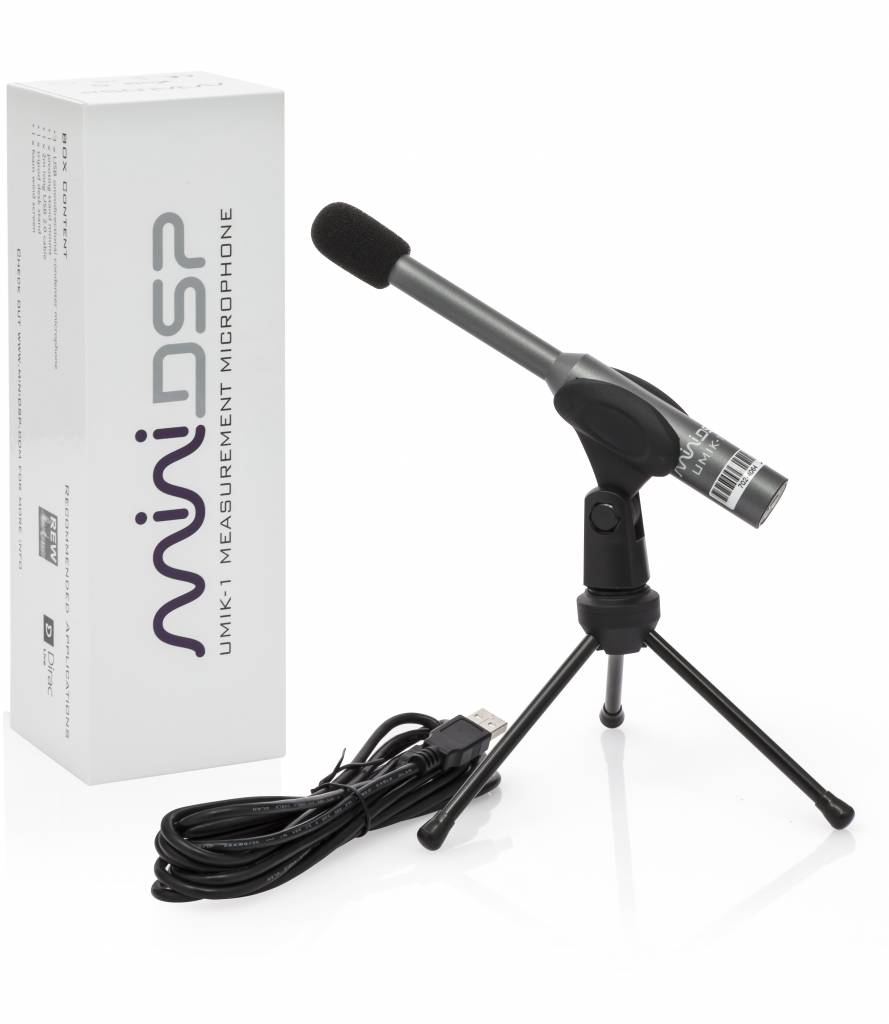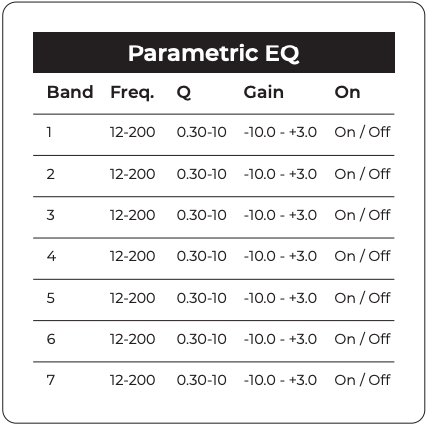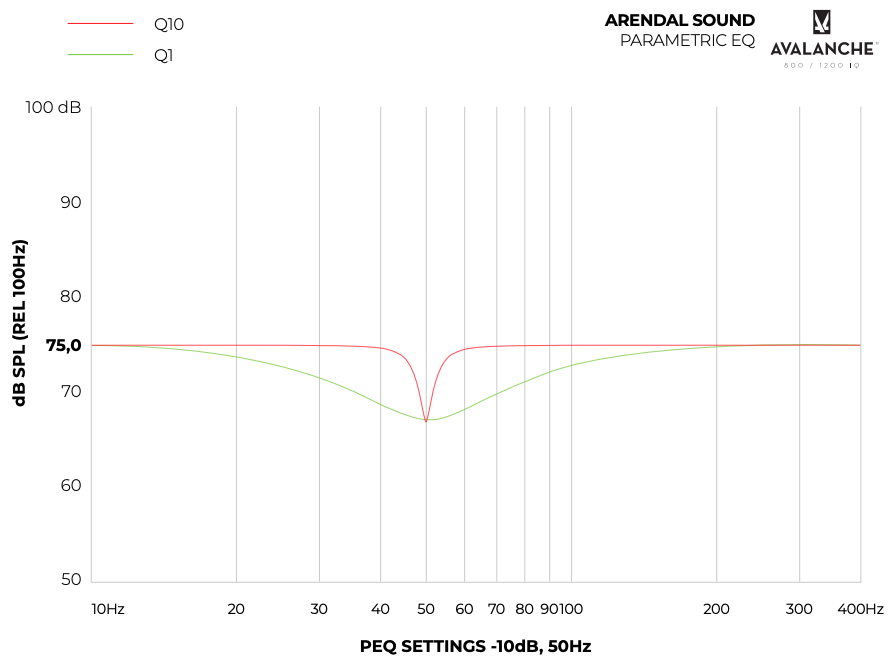First of all; the best place to start is not the PEQ at all, but rather by moving the subwoofer around, moving the seating position and doing acoustic measures such as adding absorbers or diffusers in your room – changing the EQ is not magic and should be viewed as the last step in achieving superb bass response.
Now, if you have optimized the above please continue. You will need to have measuring equipment and software so that you can target the problem areas in your room. We do not provide measuring equipment. There are many solutions, REW is a free software and many use an inexpensive microphone such as MiniDSP UMIK-1.

Now, you may be wondering what all the parameters are. Let us explain.

Our 1961 subwoofers have 3 bands, while the 1723 subwoofers have a total of 7 bands that can be used.
- Band – separate EQ bands where you make adjustments.
- Freq. – the frequency you want to target.
- Q – The Q is probably what most people don’t understand right away. This relates to how large area around the frequency you want to target. If you set a very high Q, for example 10, you will only affect a very small area around the selected frequency and can be great for pinpointing small peaks for example. If you use a low Q, you will affect a wide area around the selected frequency midpoint.
- Gain – Simply how many decibels you want to add or subtract from the selected area. Adjustable from +3dB to -10dB.
- On / Off – simply if you want to enable or disable the selected band.
Here is an example of how a Q of 10 and 1 affects the surrounding frequencies.

Lastly, there is a good reason why we have only added +3dB gain. It is because we strongly recommend reducing peaks in the frequency response, rather than adding to dips in the frequency response. This has to do with two factors;
- In many cases where you see a dip, especially a severe dip, it is caused by standing waves causing dips because the waves phase each other out. This can not be remedied with EQ, and the result, if you add several dB of gain in that area, is that you oversaturate the room with even more power thus causing more decay in the room around these frequencies – so it will for sure make the bass sound bad, while not even managing to even out the dip.
- The second reason is that you are able to add all 7 bands on top of each other and if we let you add +10dB on each band that would in turn eat up the headroom in the amplifier, again to the effect of reducing sound quality.








